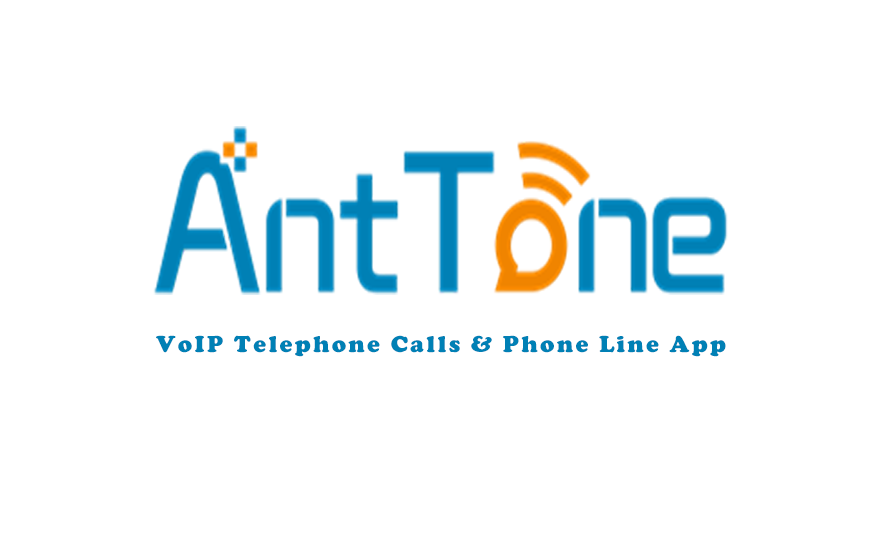
MMS Service: How you can operate it and what it’s History?
What is voip sms service?
MMS is an abbreviation for Multimedia Messaging Service. It is the most common method of sending communications between one console to another over a network. We can infer from the name Multimedia that it was not for texting, but also for sending multimedia such as images, audio clips, and video clips, among other things.
Background of Multimedia Messaging Service
MMS service was created in 1984. It is a more upgraded version of SMS (SHORT MESSAGE SERVICE) that only allows you to send text messages. Previously, Multimedia Messaging Service offerings were not as widely used as they are now. Customers must deal with a slew of technical issues. As a result, many businesses have addressed this issue through methods such as mobile phone tracking, digital marketing, and increased throughput.
Smartphone usage increased in both 2010 and 2013. Similarly, given the increasing use of smartphones, the use of MMS services has increased significantly.
How does the MMS service operate?
Multimedia Messaging Service messages are sent via a pairing of SMS and WAP technological advances. That whenever a mobile phone accepts a Multimedia Messaging Service message, it is expecting to receive a Multimedia Messaging Service alert notification via SMS (WAP Push).
- The sending phone establishes a data connection that allows TCP/IP network connectivity, typically via GPRS.
- The sending phone sends an MMS message representation in the Open Mobile Alliance's MMS Encapsulation Format via HTTP POST to an MMSC. The encapsulated MMS message contains all of the MMS message's content along with header information, such as a list of the message's intended recipients.
- The MMS signal submission is received by the MMSC, who certifies the message sender.
- The MMSC saves the MMS message's content and made available as an executable URL link.
- The MMSC emits an MMS alert message, which is sent to the hearer such as through WAP Push over SMS (s). This MMS status update message includes a link to the user-supplied MMS content.
- The MMS update message is delivered to the recipient. It then establishes a secure channel that allows TCP/IP network infrastructure (usually over GPRS).
- To obtain the MMS data packet URL from the MMSC, the beneficiary phone accomplishes an HTTP (or WSP) get.
Advantages
- MMS messages are straightforward to send and receive.
- We can save (save) MMS messages that we receive and also forward them.
- Even though they are simple to use, all such offerings are popular among users.
- Better branding is possible with photographs, clips, and other media-rich content.
Disadvantages
- MMS is not supported by all mobile phones. As a result, we are unable to use this service on all phones.
- Because of the different display measurements of different phones, several media communication has some resolution issues.
- Although it is a privilege granted to us, there are extra expenses associated with it.
- Users who already have consented to it into an MMS database may or may not have an MMS-capable phone.
Conclusion
We would like to look into the impact of assigning different priorities to different messages. Although the existing MMS specification includes a mechanism for specifying message focus, the network takes no action based on the priorities.

